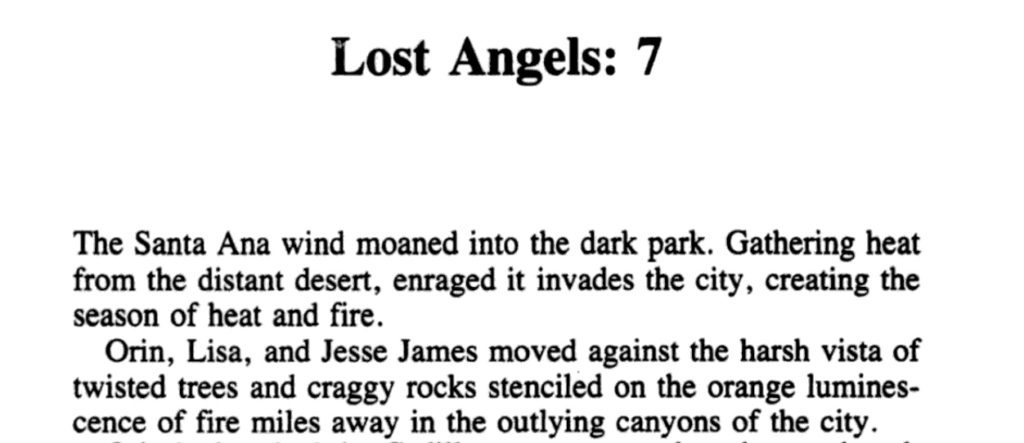Laura Bliss turned to Joan Didion today to help make sense of Santa Anas, and fires, in our beloved Southern California:
For all the praise of its “perfect weather,” L.A. is often seen as a city created in defiance of the laws of nature. Before flooded Houston acquired a similar reputation, critics argued that parched, hilly, quake-prone Los Angeles should never have been built where it is: The land is too dry, the earth too unstable. In pop culture, the hubris of its existence brings spectacular punishment—witness L.A. split open by earthquakes, destroyed in alien attacks, consumed by fire. Dubbed the “Devil Winds” in legend and literature, the Santa Ana is an old fixture of this trope, mythicized as a force of insanity, murder,and suicide. “The violence and the unpredictability of the Santa Ana affect the entire quality of life in Los Angeles, accentuate its impermanence, its unreliability,” Joan Didion wrote in Slouching Toward Bethlehem. “The wind shows us how close to the edge we are.”
Writing for the Atlantic’s CityLab, Bliss talks of viewpoints, and lessons:
For those in East Coast cities in particular, perhaps, it will stir up a certain moralism about where cities should and should not be—reminiscent, perhaps, of how hurricane damage was often characterized as karma for overdevelopment in Florida and Texas. Why were people living there to begin with?
Undoubtedly, California’s fires have lessons for urban planners: Some of the foothill communities burning this week have recently developed further into the wild-land interface, inserting homes into fire-prone areas. Zoning and other land-use policies may need to be reexamined, among other ways leaders must prepare for and mitigate the effects of an always-burning future, as the warming atmosphere fans Santa Ana flames.
And Faith Kearns, with Didion as well, in a smart take on how this year’s California fires are undermining our sense that we’re in charge:
There is no doubt that this disaster has deeply tested our assumptions about how we live with wildfires, notably the idea that we can control them. From Houston to Puerto Rico to here at home in California, disasters are revealing new ground that is paradoxically both shakier and more solid than it once seemed. We may find our footing by finally embracing the fact that we can’t always be in charge.
And this, which it took a bit for me to dredge from distant memory. It’s from John Rechy’s L.A. novel Bodies and Souls, in which the Santa Anas and their fires were a sort of central character:


Pingback: Blog: More on the literary heritage of Santa Ana winds, and fire | H2minusO Blog